Inventing Mitford:
The Papers of Jan Karon
An online exhibition introducing the papers of #1 New York Times bestselling novelist Jan Karon, whose success broke the rules of publishing in the 1990s. This exhibition is launched to coincide with the opening of The Mitford Museum in North Carolina.
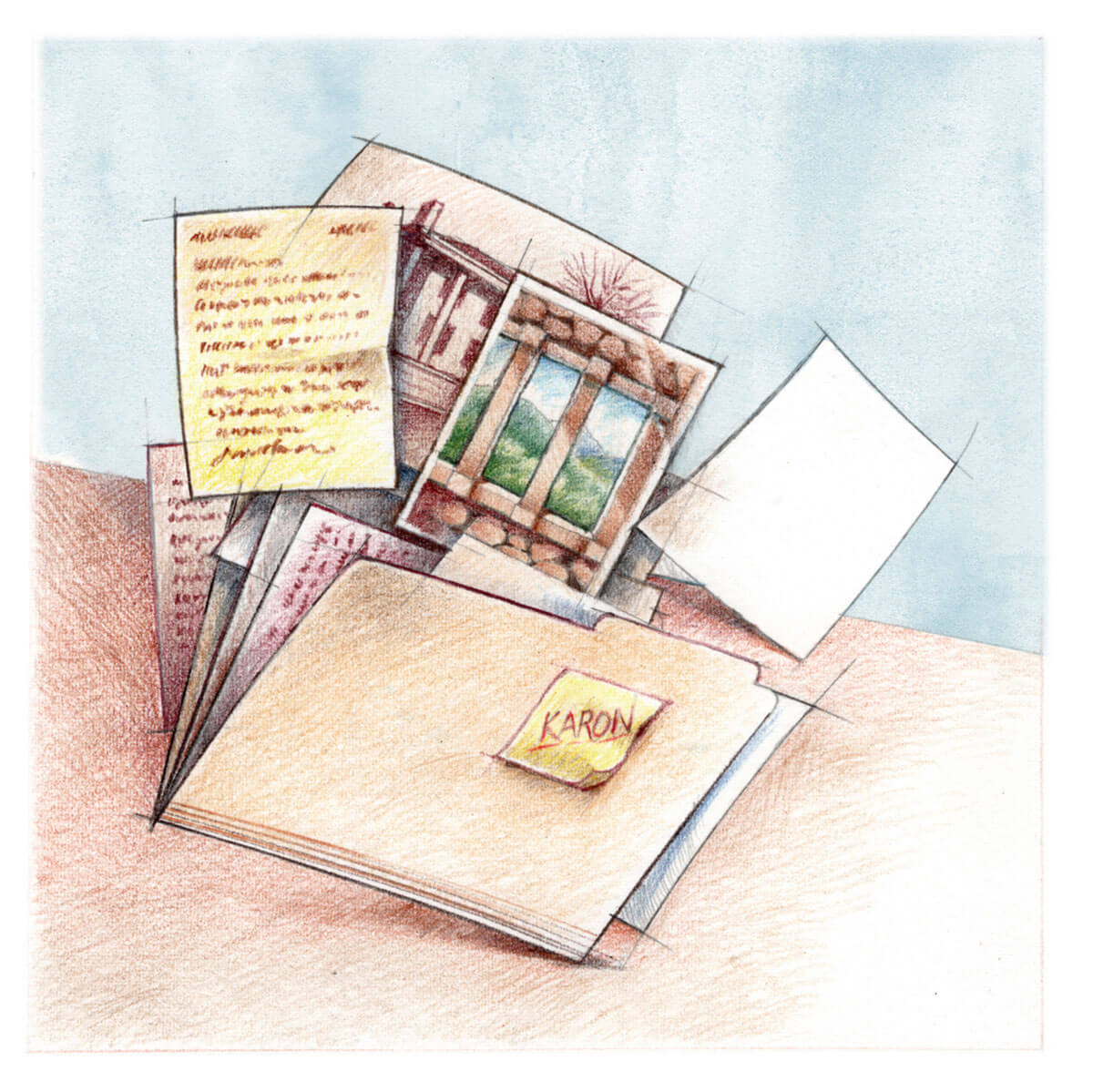
Explore the Exhibition
Introduction
The work of contemporary novelist Jan Karon stands as an exception to preconceptions about literary success. She left school at 14, received a GED, and slowly worked her way up in the advertising industry, publishing her first novel with a small Christian publishing house at age fifty-seven. Today, her books can be expected to debut at #1 on the New York Times Best Seller list. Her work has spurred cookbooks, bedside companions, theater and television adaptations, and even regional tourism.
But unlike most bestsellers, her books are not thrillers, mysteries, or romances. Her protagonist is an anxious small-town Episcopal priest named Father Tim, whose quiet adventures are so popular that Karon can claim to have sparked the genre of “crossover” fiction: Christian novels that reach a general audience. And while Karon’s perspective is generally characterized as conservative and traditionalist, her skill at depicting trauma, empathy, and compassion have led her books to be embraced by a broad range of readers, many of whom have found in them profound consolation in times of crisis.
This exhibition digs deep into Karon’s voluminous archive, donated by Karon to the UVA Library in 2014, with the goal of surfacing manuscripts and artifacts that reveal how her relationships to her work, her publishers, and her audiences have contributed to Karon’s bestseller status. The collection contains rich documentation of the epitexts of the Mitford phenomenon, from author photograph outtakes such as the one shown here, to publisher correspondence, booksellers’ ephemera, reviews, and reader mail.
The exhibition is structured around some of the many roles Karon has inhabited in order to survive — and thrive — in a publishing industry as historically demanding of the self-made as it is today. It reveals the great potential research value the collection holds for original scholarship in religious studies, literature, and media studies. Researchers in these and any other field are invited to peruse the archival inventory and plan a visit to view materials in the collection.
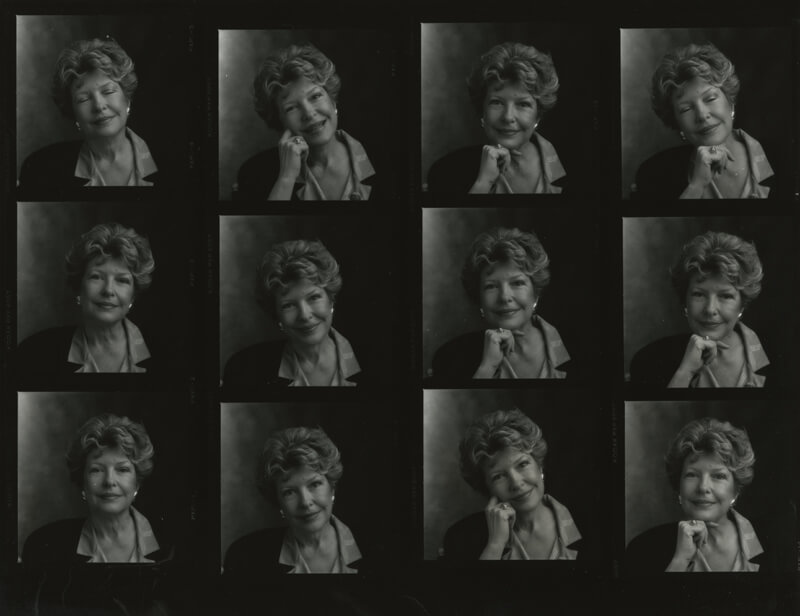
A contact sheet of photographs of Jan Karon, unidentified photographer, undated (Box 89.8)

 The Writer
The Writer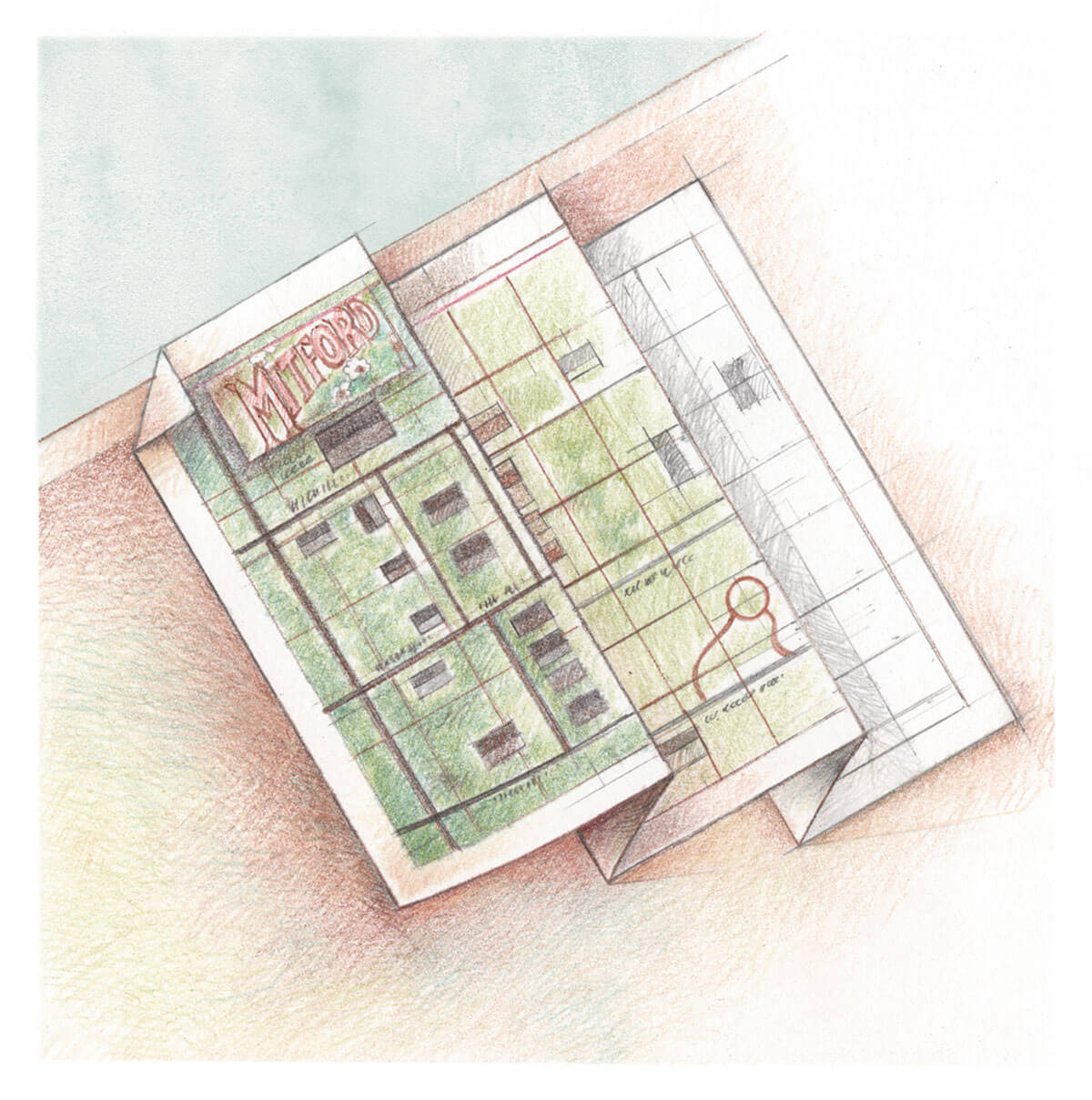 The World Builder
The World Builder 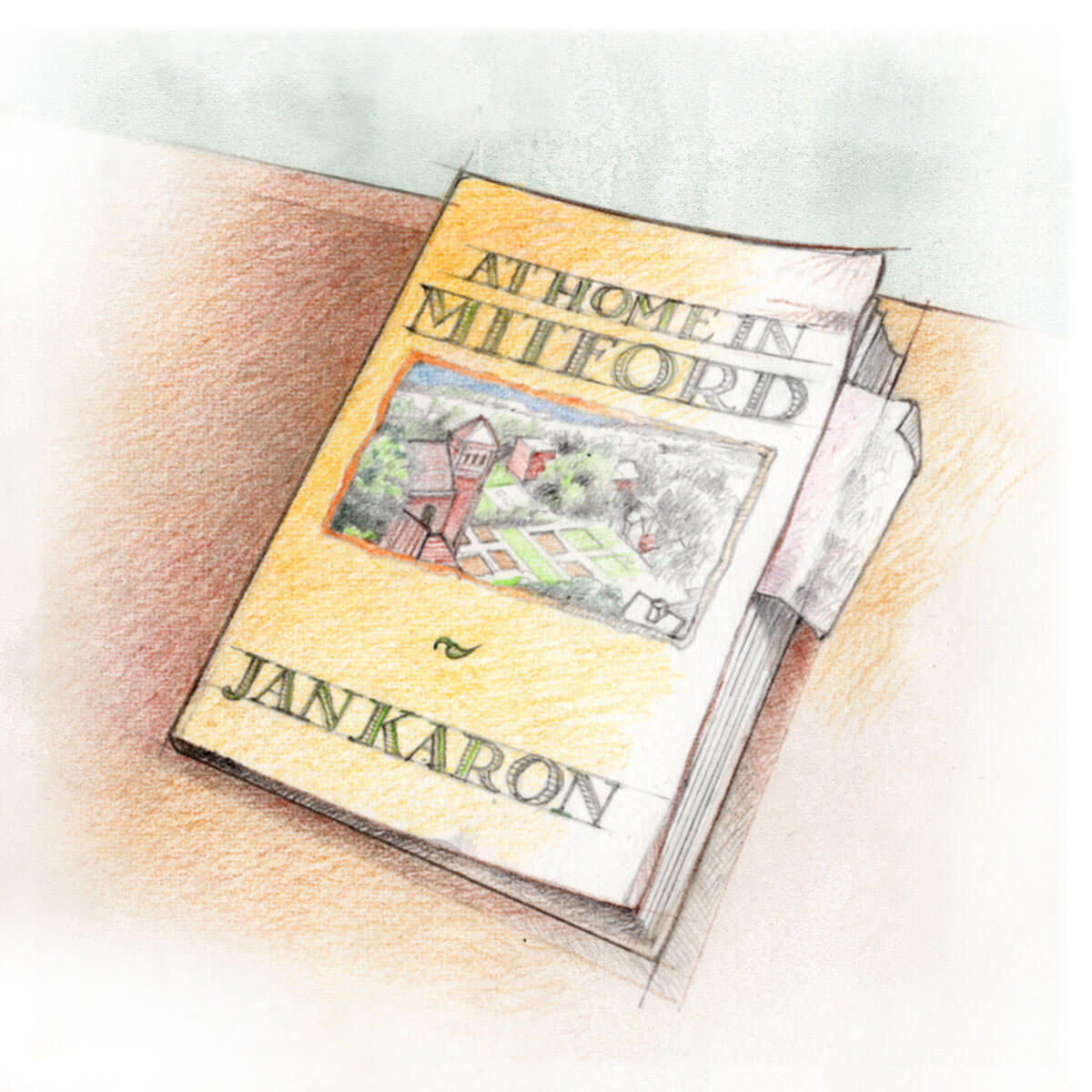 The Reader
The Reader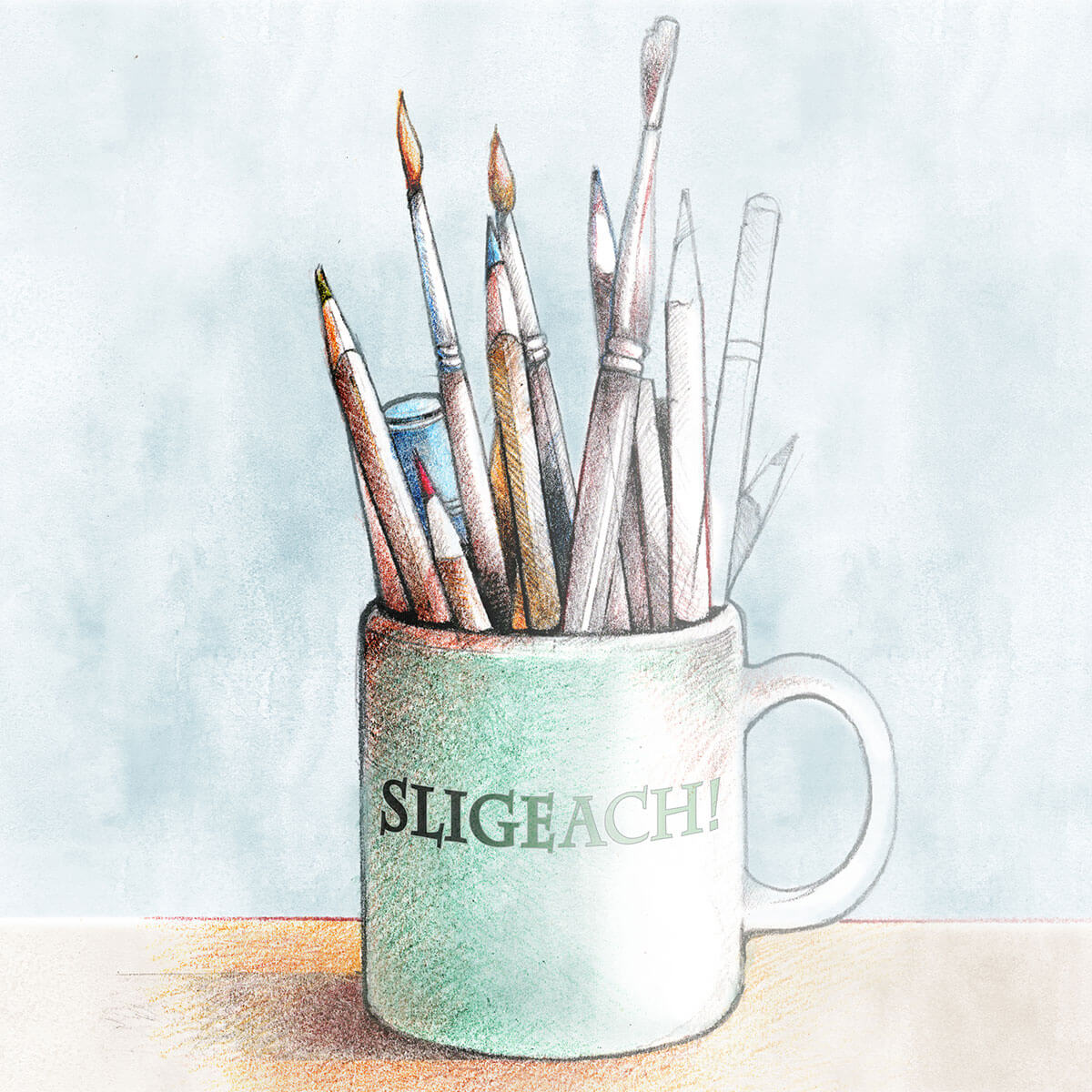 The Artist
The Artist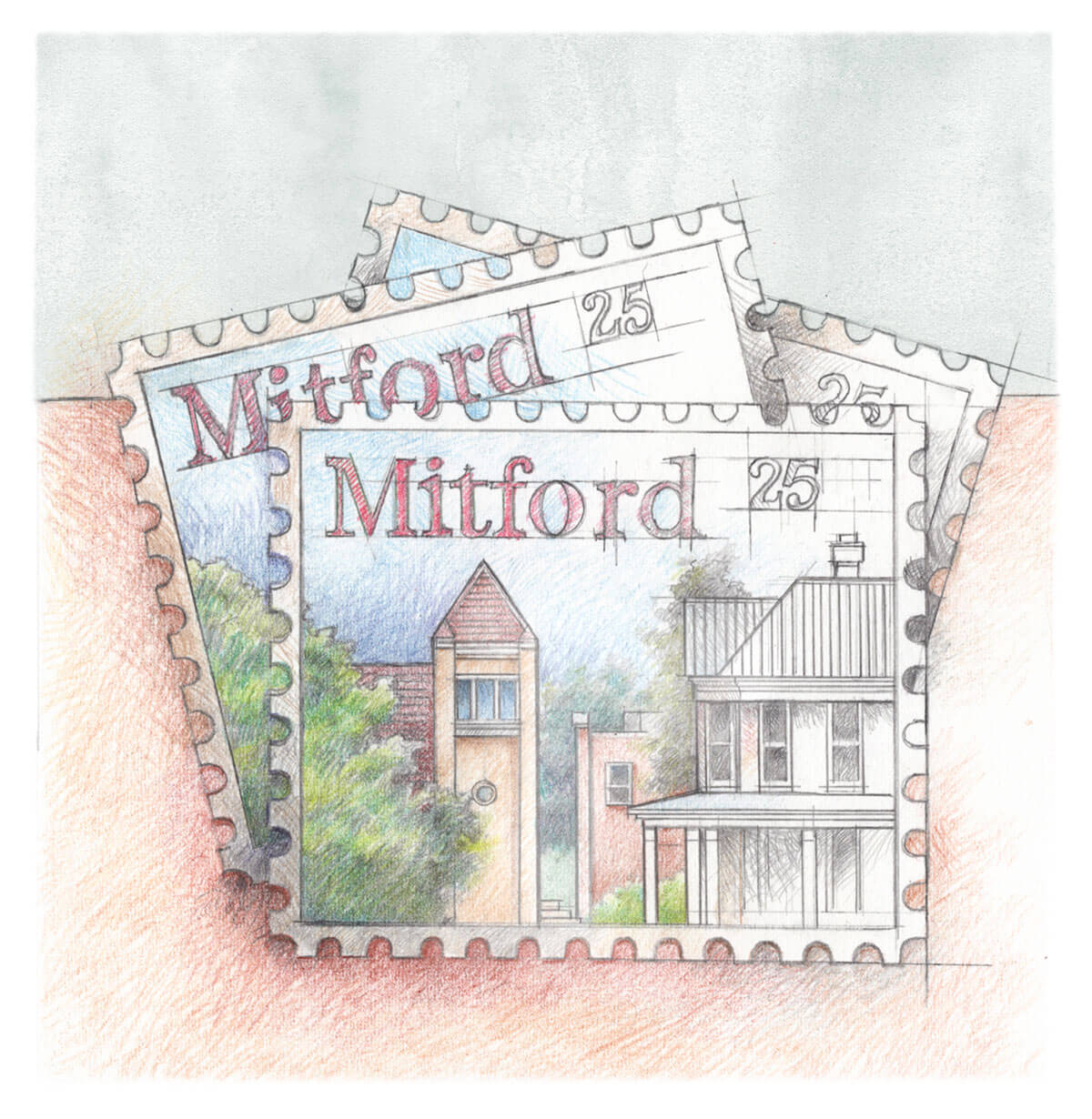 The Marketer
The Marketer